Are you planning to change your interiors and looking for information on wall art decoration? There are a lot of different types of decorating wall art you can do but not everyone is an interior design expert, and if you aren’t, you probably aren’t jumping out of your chair to tell everyone how excited you are to go home and hang artwork on your wall. While some people have an innate talent for interior design, many others do not, and that is perfectly fine.
Metal art is among the most popular art for wall decoration ranging from metal bird wall art to metal flower wall art and metal wall flowers which just make your home look beautiful.
We’ll go over the dos and don’ts of hanging wall art in your home in this blog. If you aren’t blessed with the gift of being a home decoration guru, you might find some of these suggestions useful.
The DO’s of decorating wall art :
1. Decorate The Majority Of Your Walls
If you walk into any home with superior interior design, you’ll notice one thing in common: most of the walls will be adorned with tasteful decorations. Wall art, tapestries, framed pictures, clocks, and other items are commonly found here. The point is that you rarely see a completely bare wall.
Adding wall art and mounted decorations to a room is a great way to add energy and, when done correctly, can be visually appealing, lively and a reflection of your personality.
Blank walls are inconvenient because they can make a room appear smaller than it is, or they can have the opposite effect, making the room appear large and empty. As a general rule, decorate the majority of your walls! If you’ve been wondering how to liven up your home, this could be the solution, especially if your walls are bare.
2. Have A Variation
We’d be lying if we say that we wouldn’t be overjoyed if you just up and ordered a cart full of our metal signs as manufacturers and sellers. However, we’d like to point out that, as lovely as our signs are, plastering them all over your walls may not produce the best visual effect. We would advise you to space them out tactfully and naturally to avoid using the same type of art in multiple instances in the same room.
If you want to decorate a room skillfully, using the same type of decoration over and over will bring the overall look down. The adage “less is more” is frequently applicable here. A well-placed piece of artwork can define an entire room and naturally draw people’s attention to it. When you put another one next to it, and another one, and another one, the uniqueness of the original piece begins to fade into the background noise, and your room becomes cluttered and busy.
3. Determine The Scale
This is a big one that could be broken down into several points, but the gist of it is that for every wall, there is a specific “region” where wall art should ostensibly go. This area can change depending on the furniture that is placed around it. If you put a sofa in front of a wall, most wall art will look best centred above the couch, roughly equidistant from the furniture and the ceiling. Moving it too high creates a visual imbalance, making the couch appear oddly small, and hanging it too low creates the illusion that the room is closing in on you.
Size is also important; if you hang a piece of wall art that is too small, you’ll notice it right away, and the same is usually true for pieces that are too large. Wall art should adequately fill a space and not leave the wall looking bare. If your wall art is too small, consider grouping it with other pieces to form a unified collage or composition.
The DON’T’s of decorating with wall art:
1. Don’t DECORATE EACH AND EVERY WALL
This contradicts our previous point, but it is crucial. There is such a thing as overcrowding on your walls, and you should consider how negative space — that is, space that isn’t filled with any kind of decoration — can sometimes be a good thing.
With that in mind, it is sometimes more tasteful to leave a wall bare or to exercise restraint when decorating walls. Place your wall art and decorations where you believe they are most needed, and then expand from there. If you’ve created a satisfying, fulfilling space without filling all of your walls, you should probably trust your instincts — don’t fill in the negative space unless you can tell it’s missing something.
2. DON’T CAUSE CONFUSION
In contrast to what we just said, variety is important, but you should also maintain some kind of consistent style or motif in your home. To put it another way, too much variety can be perplexing and off-putting.
3. DON’T MOUNT OR HANG ANYTHING
Finally, one fun way to play with your walls is to avoid hanging or mounting every single decoration. Some pieces, such as a large mirror, can look good leaning against the wall and resting on the floor, while others, such as one of our smaller wall art pieces, can look good resting on a shelf or drawer unit.
Conclusion:
Professionals can give any explicit guidelines here except to experiment. Even if you’re not a professional interior designer, you probably have some kind of intuition that allows you to recognise when something just doesn’t look right. Consider learning some of your wall art! Trust your instincts if something feels off. If it feels right, go for it!

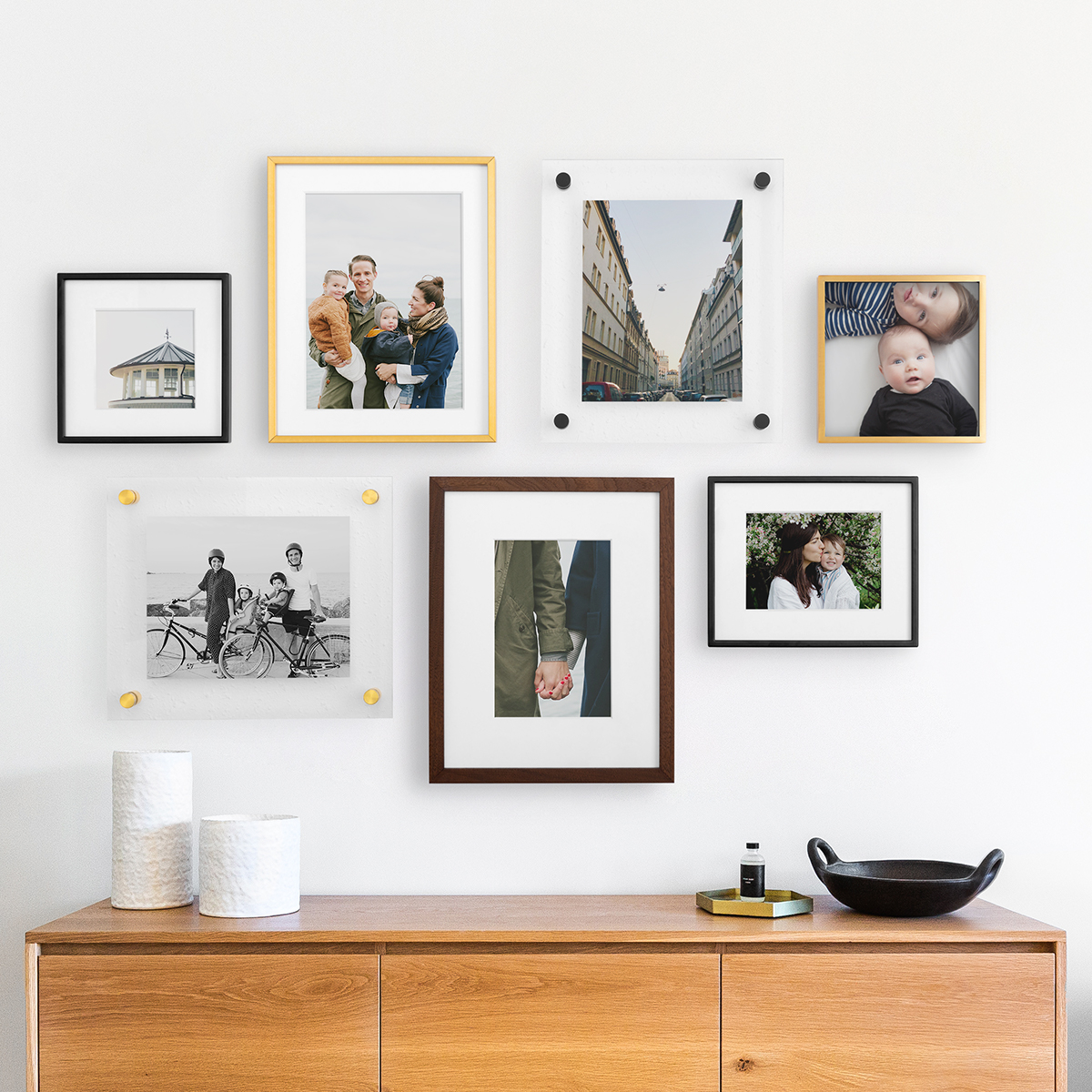
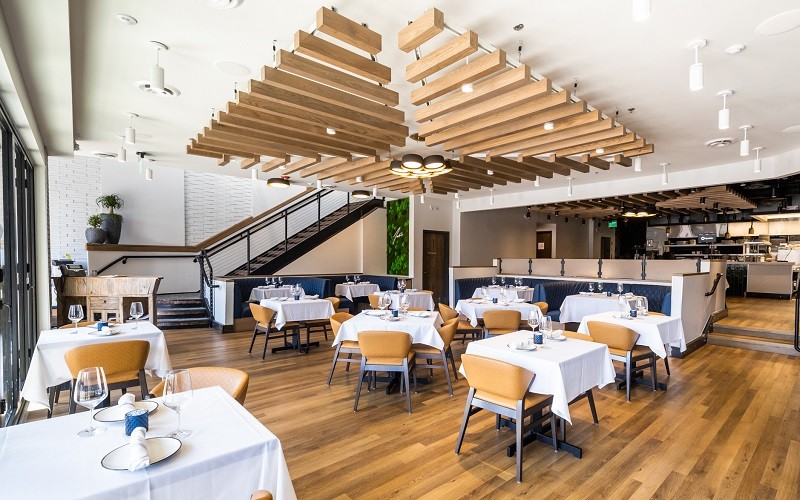

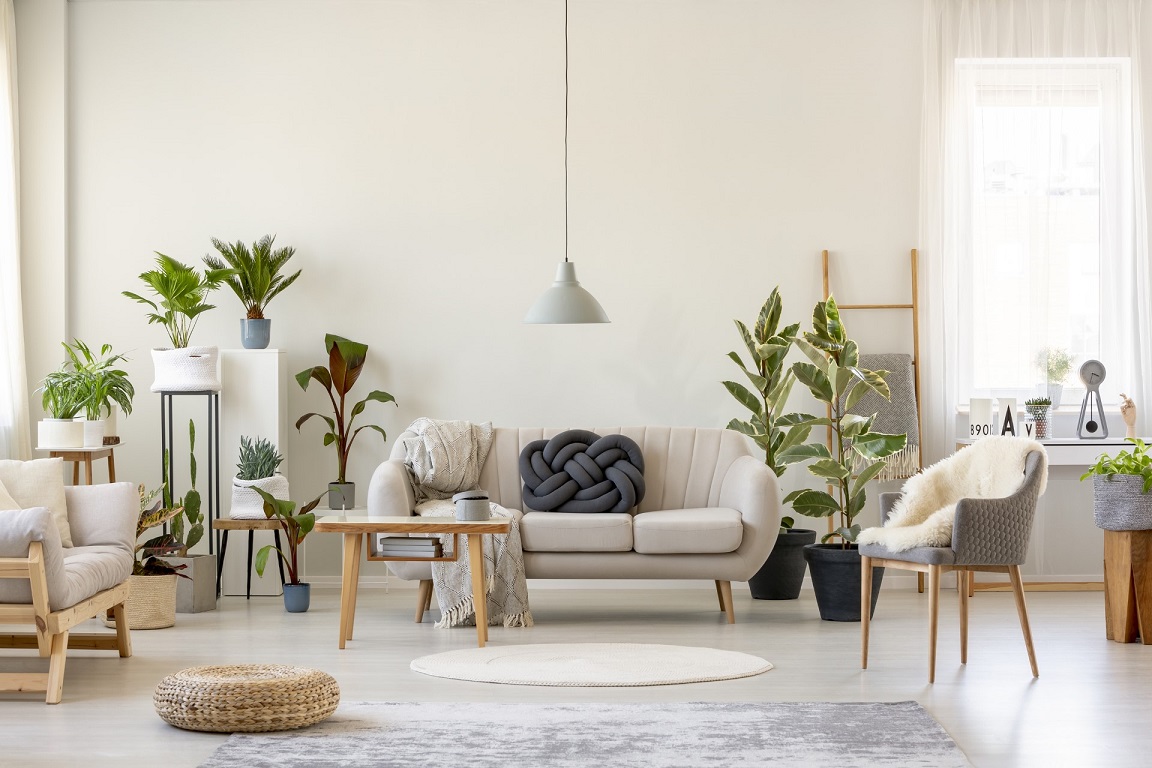
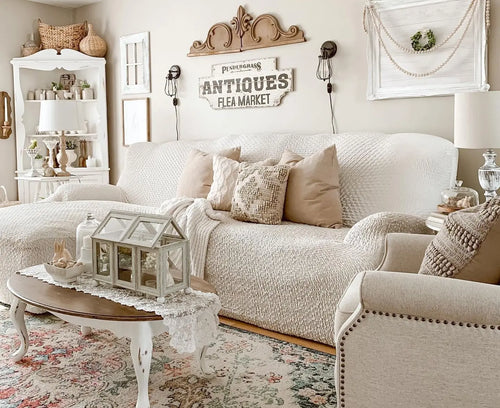
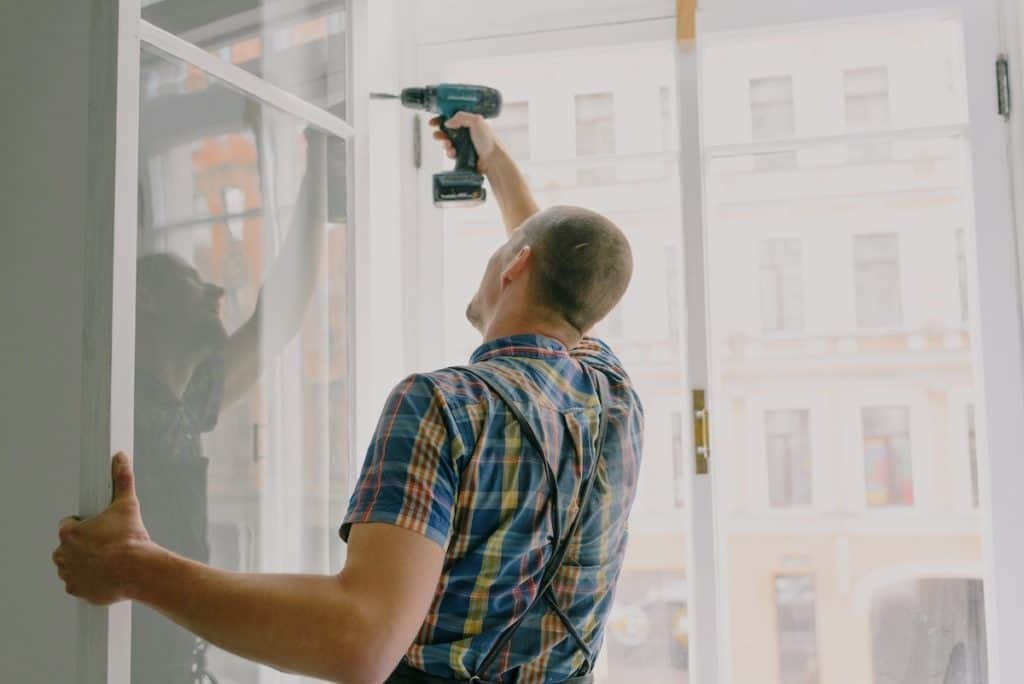

Add Comment